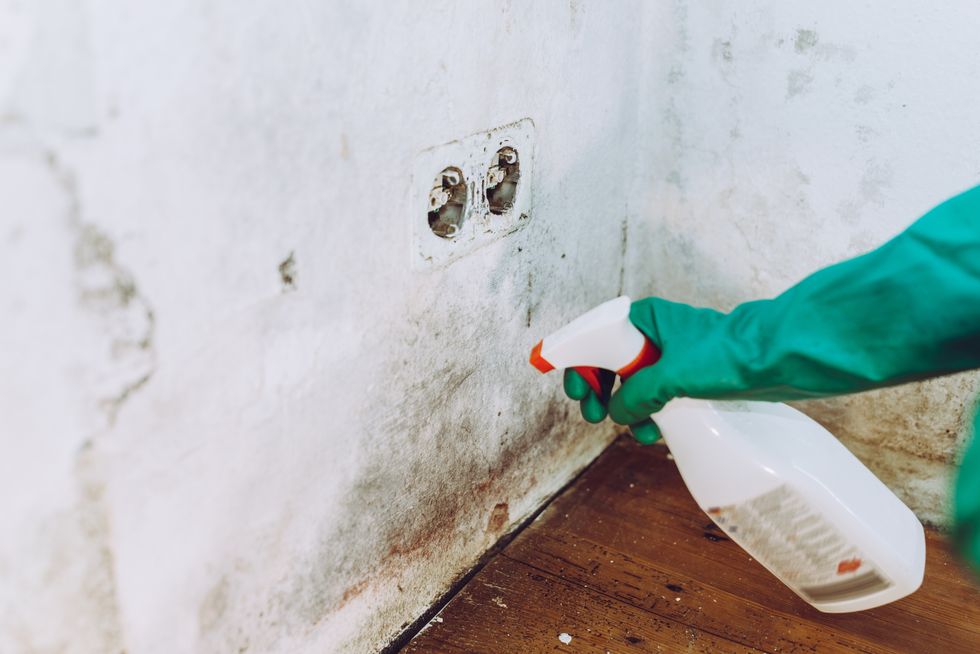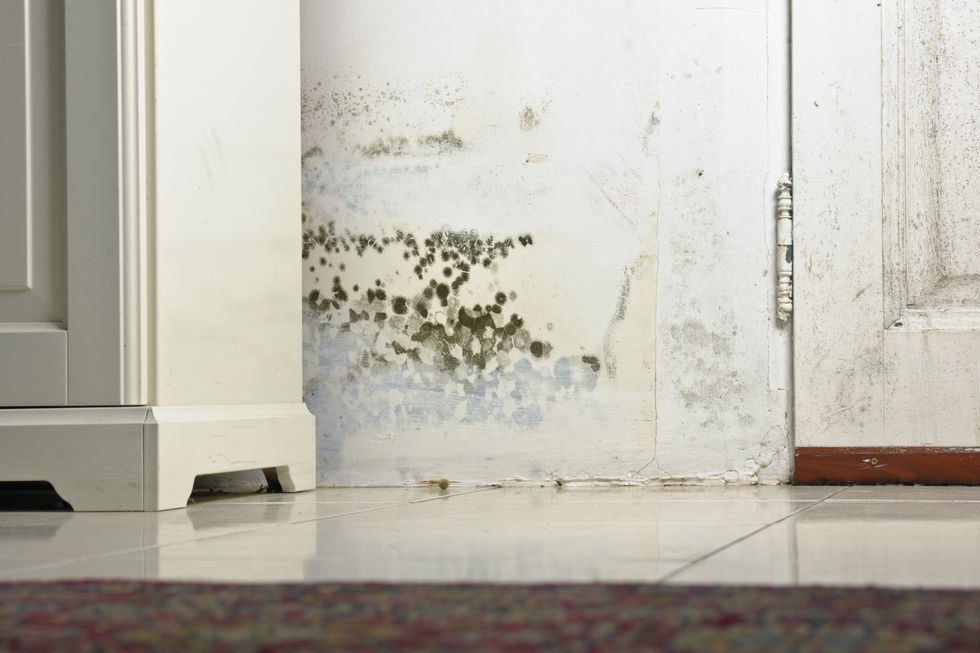Damp warning signs that could cost you £5,000 if you fail to notice - here's when you must act

Damp isn't always easy to spot, so an expert shares seven things that could indicate the problem
Don't Miss
Most Read
Homeowners could face repair bills of up to £5,000 if they fail to spot the early warning signs of damp and mould, according to building expert Giles Fallan. He revealed a staggering 27 per cent of UK homes suffer from issues linked to damp and mould.
Many property owners completely miss the initial indicators until their homes develop major structural problems. Repair costs can range from £300 for minor issues to over £5,000 when serious structural damage occurs.
Government data shows that 904,000 English homes suffered damp problems in 2023, with private rental properties being the worst affected.
The expert said: "Dampness and mould don't just attack your property, they also attack your body. The respiratory effects can cause serious illness and, in the most severe cases, death."

Mould can be an indicator of deeper damp issues
| GETTYThe financial burden on the NHS is substantial, with an estimated £1.4billion spent annually on treating illnesses associated with cold or damp housing. When wider healthcare costs are included, this figure rises dramatically to £15.4billion.
Mental health can also suffer from the strain of discovering damp and mould in homes. Buildsafe's CEO has identified seven warning signs homeowners should watch for, with the first being mould growth on walls, ceilings or windows.
Giles continued: "Black or green patches on walls, particularly in corners or behind furniture, aren't just ugly, they signal serious moisture problems needing immediate attention."
The second sign is peeling wallpaper or flaking paint, indicating moisture seeping through walls. "Water trapped behind wallpaper or paint destroys adhesives and causes visible deterioration," he explained.
Persistent window condensation is the third warning sign. While appearing harmless, it creates perfect conditions for dangerous mould growth over time, with the expert advising proper ventilation systems to prevent costly repairs.
Musty smells represent the fourth warning sign, often noticeable before visible damage appears. He added: "That distinctive musty smell comes from mould spores already multiplying inside your walls."
The fifth indicator involves deteriorating window frames or skirting boards. "Wood absorbs moisture like a sponge and becomes soft when wet," he explained, suggesting a simple thumb-press test to check for softness.
Cold or damp spots on walls are the sixth warning sign, indicating insulation failures or moisture penetration.
LATEST DEVELOPMENTS

The expert outlined seven things to look out for
|GETTY
The final and most serious sign is rising tide marks on walls. "Tide marks or white salt deposits on lower walls clearly show rising damp moving upward through your brickwork," Giles warned.
According to government research, damp and mould significantly increase the risk of respiratory conditions, allergies and asthma attacks, with young children and elderly people most vulnerable.
The cost of fixing damp problems varies widely depending on the cause and extent. Simple condensation issues might cost £300-£500 to resolve with improved ventilation, while penetrating damp typically costs homeowners between £1,000 and £3,000.
He said: "Rising damp hits your wallet hardest, often costing between £3,000-£5,000 or even more, because it requires installing a completely new damp-proof course and new plaster and flooring throughout the affected areas."
Prevention through regular home maintenance can save thousands compared to major remediation work.











